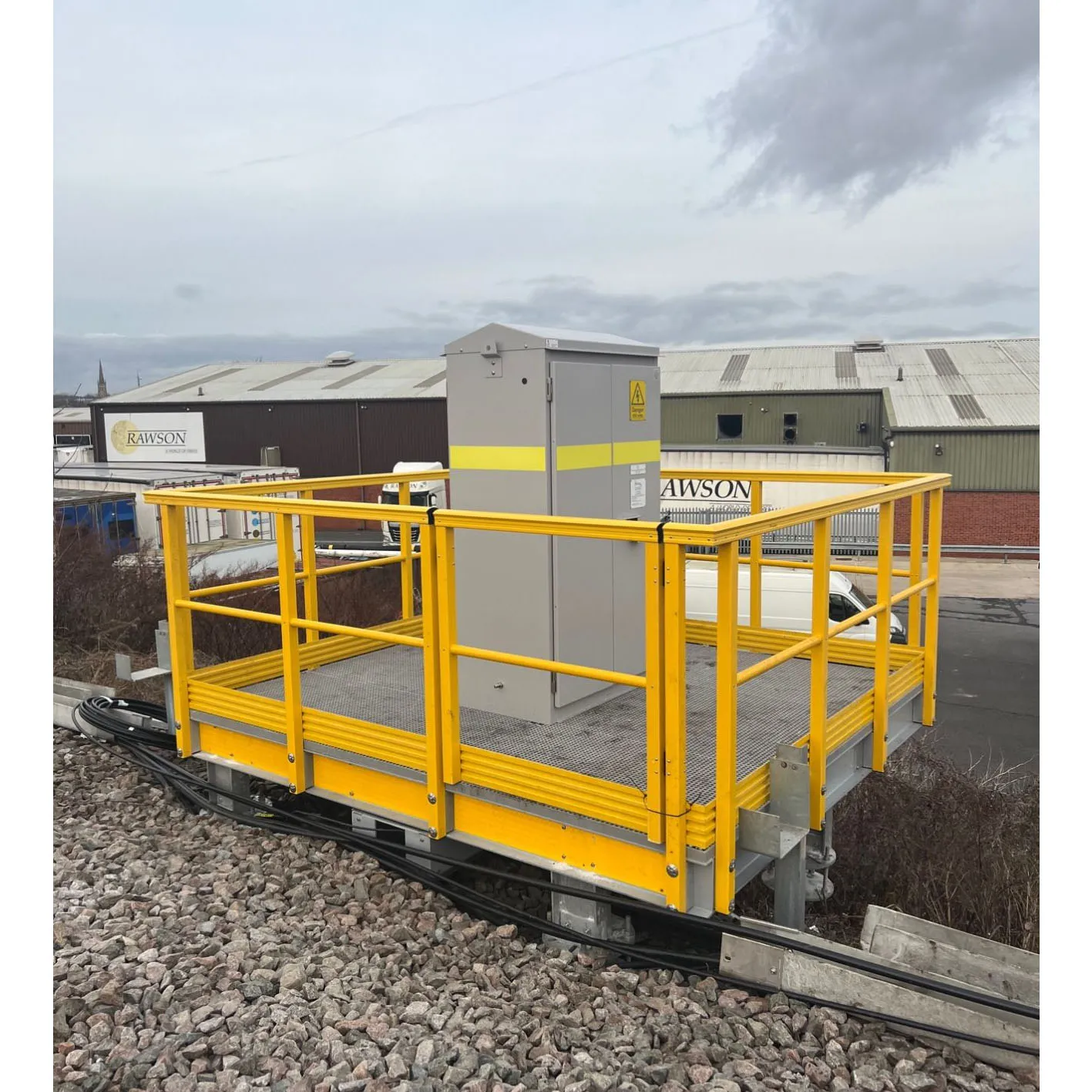loading...
- No. 9, Xingyuan South Street, Dongwaihuan Road, Zaoqiang County, Hengshui, Hebei, China
- admin@zjcomposites.com
- +86 15097380338
- Welcome to visit our website!
Innovative Applications and Benefits of GFRP Grating in Modern Construction Solutions
Exploring the Versatility and Benefits of GFRP Grating
In recent years, the construction and manufacturing industries have witnessed a growing interest in advanced materials that offer durability, resistance, and flexibility. One such material that has gained significant traction is Glass-Fiber Reinforced Plastic (GFRP). This innovative composite material has transformed traditional grating solutions, providing extensive applications across various sectors. In this article, we will delve into the properties, advantages, and diverse applications of GFRP grating.
Understanding GFRP Grating
GFRP grating is constructed from a composite material that combines glass fibers with a polymer matrix. This unique composition not only enhances the strength and durability of the grating but also significantly reduces its weight compared to traditional materials such as steel or aluminum. GFRP grating is available in various formats, including molded and pultruded types, catering to different safety and design requirements.
Key Properties of GFRP Grating
1. Corrosion Resistance One of the most significant advantages of GFRP grating is its exceptional resistance to chemical corrosion. Unlike metal grating, which can rust and degrade when exposed to harsh chemicals or wet environments, GFRP is impervious to most corrosive agents, making it ideal for use in chemical processing plants, wastewater treatment facilities, and marine environments.
2. Lightweight GFRP grating is remarkably lightweight, making it easier to handle, transport, and install. This feature not only reduces labor costs but also allows for greater design flexibility, as it can be used in applications where weight is a critical consideration.
3. High Strength-to-Weight Ratio Despite its lightweight nature, GFRP grating offers a high strength-to-weight ratio that ensures structural integrity. This characteristic is particularly important in applications requiring elevated load-bearing capabilities, such as industrial flooring and walkways.
gfrp grating

4. Non-conductive GFRP is a non-conductive material, making it suitable for applications in environments where electrical insulation is crucial. This property is especially valued in industries such as oil and gas, where electrical hazards are a concern.
5. UV Resistance GFRP grating is engineered to resist degradation from ultraviolet (UV) light, ensuring long-lasting performance even in outdoor environments. This makes it a prime choice for outdoor walkways, docks, and other structures exposed to direct sunlight.
Applications of GFRP Grating
The versatility of GFRP grating allows it to be utilized across a myriad of applications, including
- Industrial Flooring GFRP grating provides a durable and slip-resistant surface for industrial flooring in manufacturing plants, chemical facilities, and warehouses. - Platform and Walkways Used for constructing platforms and walkways, GFRP grating enhances safety for workers by offering excellent traction and resistance to the elements. - Marine Applications Its corrosion resistance and lightweight properties make GFRP grating an ideal solution for docks, piers, and other marine structures. - Wastewater Treatment GFRP grating is extensively utilized in wastewater treatment plants due to its ability to withstand harsh chemicals and sewage conditions. - Transportation Many transportation infrastructures, such as bridges and overpasses, benefit from the durability and lightweight nature of GFRP grating.
Conclusion
In conclusion, GFRP grating stands out as a superior choice in various industrial applications due to its unique combination of properties, including corrosion resistance, lightweight, high strength, non-conductivity, and UV stability. As industries continue to seek innovative materials to improve safety and efficiency, GFRP grating is poised to play a pivotal role in the future of construction and manufacturing. Through its diverse applications and remarkable benefits, GFRP grating exemplifies the evolution of materials that meet the demands of modern infrastructure.
-
Transform Your Spaces with FRP Grating SolutionsNewsNov.04,2024
-
The Versatility and Strength of FRP RodsNewsNov.04,2024
-
The Excellence of Fiberglass Water TanksNewsNov.04,2024
-
The Benefits of FRP Grating for Your ProjectsNewsNov.04,2024
-
Elevate Your Efficiency with FRP Pressure VesselsNewsNov.04,2024
-
Welcome to the World of FRP Pressure VesselsNewsOct.12,2024
-
Unveiling the Future of Filtration: Why FRP Filter Vessels are a Game ChangerNewsOct.12,2024
